 The New York Times reports today that there is an Adderall shortage nationwide, affecting perhaps hundreds of thousands or even millions of people. As someone who takes antidepressants for my unipolar depression, I can empathize greatly with all of you out there, feeling almost a sense of panic if I weren’t able to get my own prescribed Sertraline, Bupropion, and Olanzapine in the mail regularly. However, as someone who has long been a vocal critic of ADHD as a medical disorder, and who has cautioned against certain aspects of ADHD drugs (yes, I know I sound like a hypocrite, but hear me out) in my book The Myth of the ADHD Child, I can see how an overreliance on a drug for treating symptoms like hyperactivity, distractibility, and impulsivity can lead to problems like this one.
The New York Times reports today that there is an Adderall shortage nationwide, affecting perhaps hundreds of thousands or even millions of people. As someone who takes antidepressants for my unipolar depression, I can empathize greatly with all of you out there, feeling almost a sense of panic if I weren’t able to get my own prescribed Sertraline, Bupropion, and Olanzapine in the mail regularly. However, as someone who has long been a vocal critic of ADHD as a medical disorder, and who has cautioned against certain aspects of ADHD drugs (yes, I know I sound like a hypocrite, but hear me out) in my book The Myth of the ADHD Child, I can see how an overreliance on a drug for treating symptoms like hyperactivity, distractibility, and impulsivity can lead to problems like this one.
Diversification is the name of the game. The Irish got themselves into a lot of trouble in the 19th century when they relied too much on a single variety of potato. When that potato was decimated by the fungus-like Phytophthora infestans, they were caught short and over a million people died. Same thing with money. Put all your money in cryptocurrency markets and see where that gets you. It’s always best to have a variety of alternatives available, and when it comes to disorders like ADHD and depression, the larger the arsenal of available methods to handle it, the more flexibility you have, and the more powerful your ability to control the symptoms. Yes, I take antidepressants, but I also exercise daily, have a mindfulness practice, do yoga daily, eat a Mediterranean diet, see a therapist once a month, pray, nourish social connections, and engage in other activities that bring me joy like playing my piano, reading great literature, and watching classic movies.
I wrote The Myth of the ADHD Child as a response to parents who got angry at a lecture in Pennsylvania many years ago when I said ”I just don’t think parents are aware of all the non-drug alternatives that are out there.” So the great majority of the book is dedicated to 101 practical non-drug strategies that parents can use to help their ADHD-diagnosed kids. I’ve adjusted the list so that it works for adults (see below). So while you’re waiting for your Adderall prescription to be filled, here are 101 non-drug strategies to look over. See which ones you’re already doing, and which ones can be easily added to your daily routine. It won’t make all the withdrawal symptoms or the recurrence of ADHD symptoms go away, but it could help in the meantime. And help is what we all need.
- Let Yourself Fidget
- Channel Your Creative Energies into the Arts
- Emphasize Your Diversity, Not Your Disability
- Enroll in a Martial Arts Class
- Make Time for Nature
- Hold Family Meetings
- Teach Yourself Focusing Techniques like Mindfulness
- Discover Your Best Time of Alertness
- Engage in Hands-On Activities
- Build, Borrow, or Buy Wiggle Furniture
- Consider Alternative Healing Options
- Take Care of Yourself
- Eat a Balanced Breakfast
- Give Yourself Choices
- Remove Allergens and Additives from Your Diet
- Use Music to Focus and Calm
- Teach Yourself Self-Monitoring Skills
- Use Effective Communication Skills with Others
- Take a Course on Mindfulness
- Nurture Your Creativity
- Hold a Positive Image of Yourself
- Give Yourself Space to Learn New Things
- Follow Your Interests
- Establish Consistent Rules, Routines, and Transitions
- Celebrate Your Successes
- Make Time to Play
- Get a Personal Coach
- Build Resilience in Yourself
- Have People Give You Instructions in Attention-Grabbing Ways
- Limit Junk Food
- Learn Something New
- Nourish Your Social Connections
- Learn About How Your Brain Works
- Eliminate Distractions
- Engage in Daily Exercise
- Learn How to Communicate with Others
- Strengthen Your Working Memory
- Limit Junk Media
- Engage in Flow Experiences
- Use Online Learning as an Educational Resource
- Use Metacognitive Tools to Help You Think Better
- Learn Emotional Self-Regulation Skills
- Teach Yourself Mindfulness Meditation
- Engage in Spontaneous Self-Talk to Help You in Your Work
- Engage in Exercise and Recreation as a Family
- Learn Stress Management Techniques
- Identify ADHD-Friendly Mobile Apps That Can Help You
- Find a Mentor
- Play a Favorite Sport
- Exposure Yourself to Stimulating Experiences
- Learn Goal-Setting Skills
- Ask People for Immediate Behavioral Feedback
- Work to Promote Worker-Boss Rapport
- Consider Neurofeedback Training
- Get Professional Massages
- Allow Yourself to Move During Work
- Make Time for Plenty of Humor and Laughter
- Spend Positive Time Together with Your Family and Friends
- Discover Your Multiple Intelligences
- Develop a Growth Mind-Set
- Make a List of Your Strengths
- Work and Study Under Natural and Full-Spectrum Light
- Cook with Foods Rich in Omega-3 Fatty Acids
- Consider Therapy
- Pep Up Each Day with at Least One Novel Experience
- Look for Positive Role Models (e.g. Celebrities with ADHD etc.)
- Eat a Mediterranean Diet
- Learn to Do Yoga
- Use Aromas to Calm and Center Yourself
- Teach Yourself Something New
- Rule Out Other Potential Contributors to Your ADHD Symptoms
- Get Outdoors Regularly
- Provide Your Child With Real-Life Tasks
- Use Time Out in a Positive Way
- Enhance Your Self-Esteem
- Avoid Exposure to Environmental Contaminants
- Make Sure You Get Sufficient Sleep
- Activate Positive Career Aspirations
- Teach Yourself to Visualize
- Play Chess or Other Concentration Games
- Be a Mentor to Someone
- Practice Self-Awareness
- Plant a Garden
- Play Video Games That Help You Focus
- Engage in Products Involving Augmented and Virtual Reality
- Try Out for the Community Theater
- Learn to Take Deep Breaths to Help You Center Yourself
- Care for an Animal or Garden
- Support Your Own Late Blooming
- Consider Individual Psychotherapy
- Positive Behavior Contract With Your Child
- Engage in Positive Niche Construction (see The Power of Neurodiversity)
- Develop Your Social Skills
- Engage in Strenuous Exercise Once a Day
- Start a New Business
- Practice Gratitude on a Daily Basis
- Create a Blog on Your Experience with ADHD
- Expand Your Social Network
- Engage in Projects or Hobbies that You’re Passionate About
- Learn a Few Work-Arounds to Get Things Done
- Learn Organizational Strategies
We could also add a strategy #102: Help Your Child With His/Her Own ADHD Symptoms. To do this, get my book The Myth of the ADHD Child: 101 Ways to Improve Your Child’s Behavior and Attention Span Without Drugs, Labels, or Coercion.
 Follow me on Twitter: @Dr_Armstrong.
Follow me on Twitter: @Dr_Armstrong.
Visit my website: www.institute4learning.com.





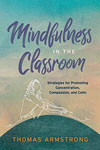
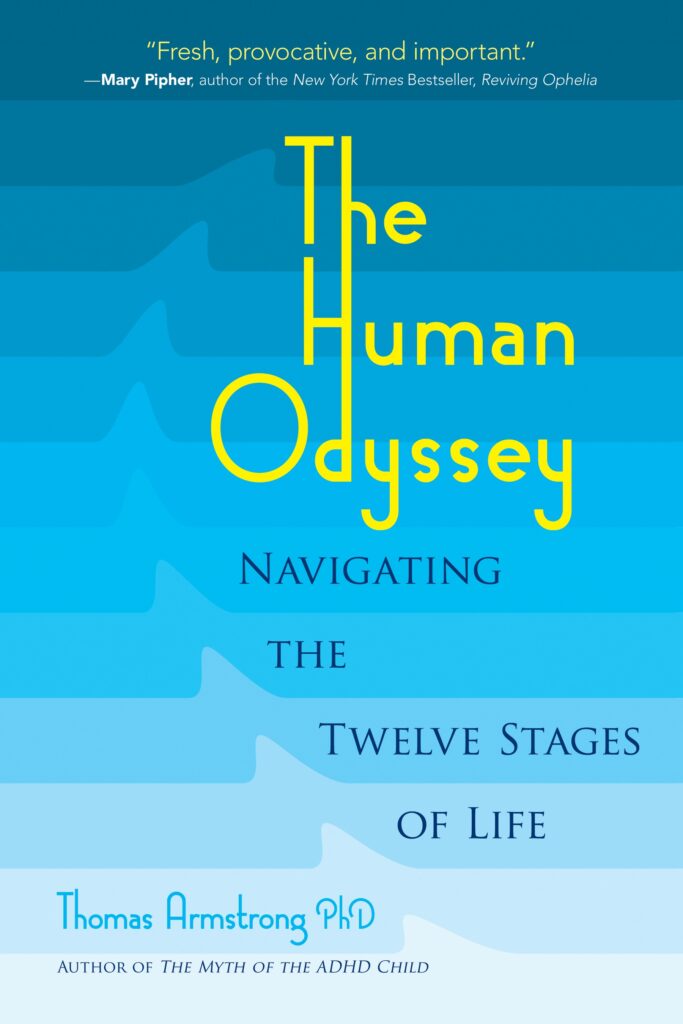
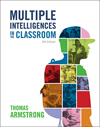
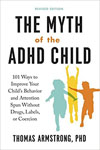





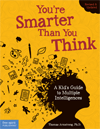




[…] Source link […]